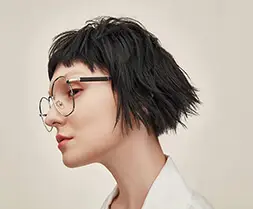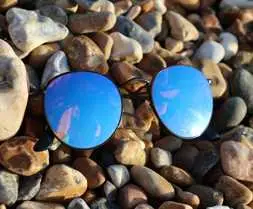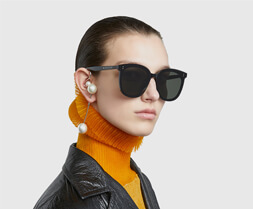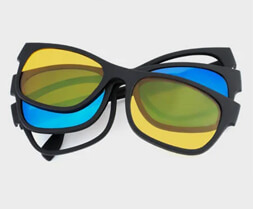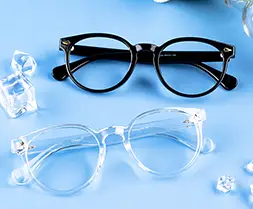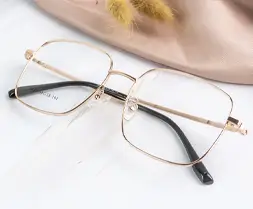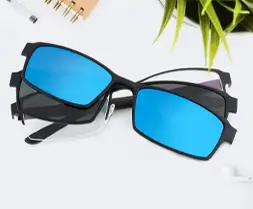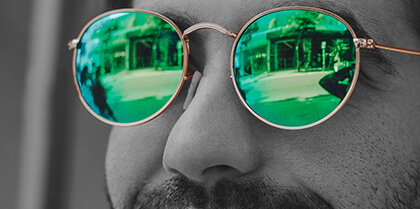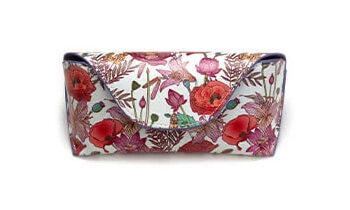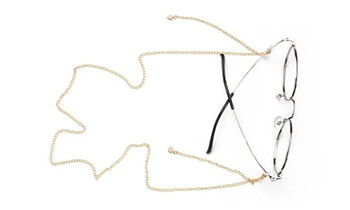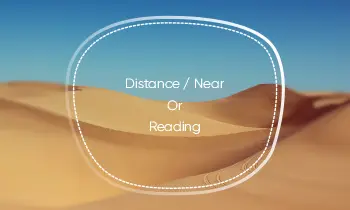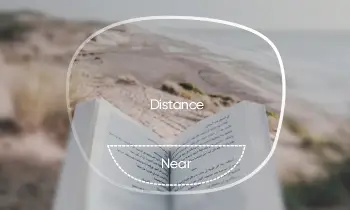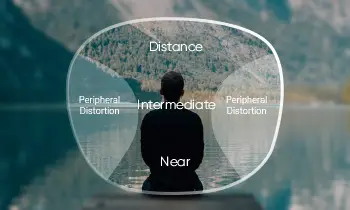The hot summer is over, and the cold autumn and winter follow. The cold waves come in waves, and every time you go out is a challenge. Especially for workers who need to get up early or ride a bicycle to work, they obviously do a good job protecting their bodies, but the cold air in the morning can still make your eyes uncomfortable.
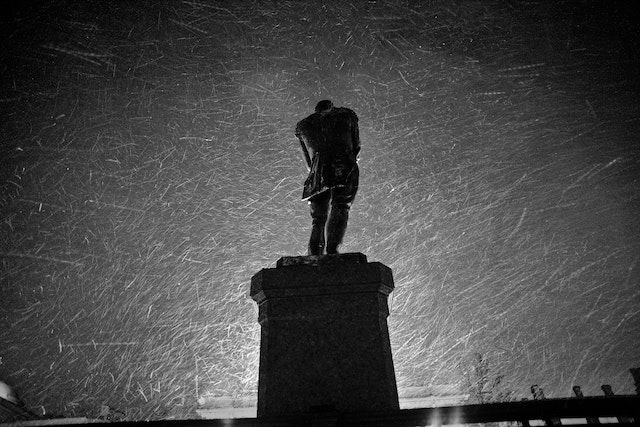
Do eyes be afraid of cold too?
Our eyes are made up of the eyeball, the conjunctiva, and the skin of the eyelids. The cornea-sclera of the eye has no cold or heat receptors, unlike the skin of the body. The other components of the eye, the conjunctiva, and the eyelid skin have cold spot hotspots but in very small numbers. Therefore, when the external temperature changes, there are few pathways to report to the brain, and the eye is extremely slow to perceive changes in heat or cold. Therefore, the eye does not feel cold.
Although the eyes do not feel cold, they will easily be irritated by it. In the long run, lesions may affect our life and work. If you have these conditions frequently, you need to pay attention!
1. Tears in the wind
The eyes are easily irritated by the cold and windy autumn and winter days. This is because the tear gland secretion capacity is enhanced, and the muscles around the tear ducts contract in the cold, so the phenomenon of "tears in the wind" occurs. Older people are more prone to the disease because of the degeneration of the lacrimal gland and tear duct function. If the patient's nasolacrimal duct is open, it may be trachoma or chronic conjunctivitis.
2. Dry eyes
Autumn and winter are dry, tears evaporate more, and outdoor activities are reduced; staying home to watch TV, surf the Internet, and other close eye use too much. As a result, it is easy to have symptoms such as dry eyes and astringency, typical of dry eyes.
3. Decreased vision
In cold weather, blood vessels in the eyes tend to constrict when exposed to cold. As a result, the blood flow slows down to form a blood clot, causing a blockage in the central retinal vessels, known as "eye stroke. The most important symptom of an eye stroke is a rapid loss of vision without pain. Patients may wake up and find that they cannot see anything in their eyes. Patients may also feel a darkening of their eyes and, eventually, blackness.
How to protect your eyes in autumn and winter?
- It is recommended to reduce travel in windy weather. If you want to go out first, do an excellent job of eye protection, and wear windproof glasses.
- For people with dry eyes, you can use artificial tears. But for severe dry eye, patients need to be adjusted according to the recommendations of professional institutions.
- To pay attention to maintaining a balanced diet, proper diet, normal blood pressure, blood sugar, etc.
- Found that vision reduction should be a timely examination.
You can take a look at our protective goggles; most of these glasses have excellent protection against high winds and other bad weather and can be used as a backup for travel essentials.


